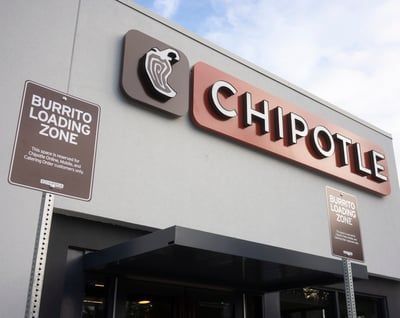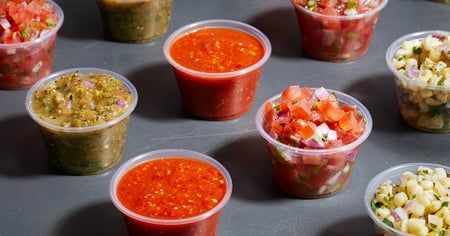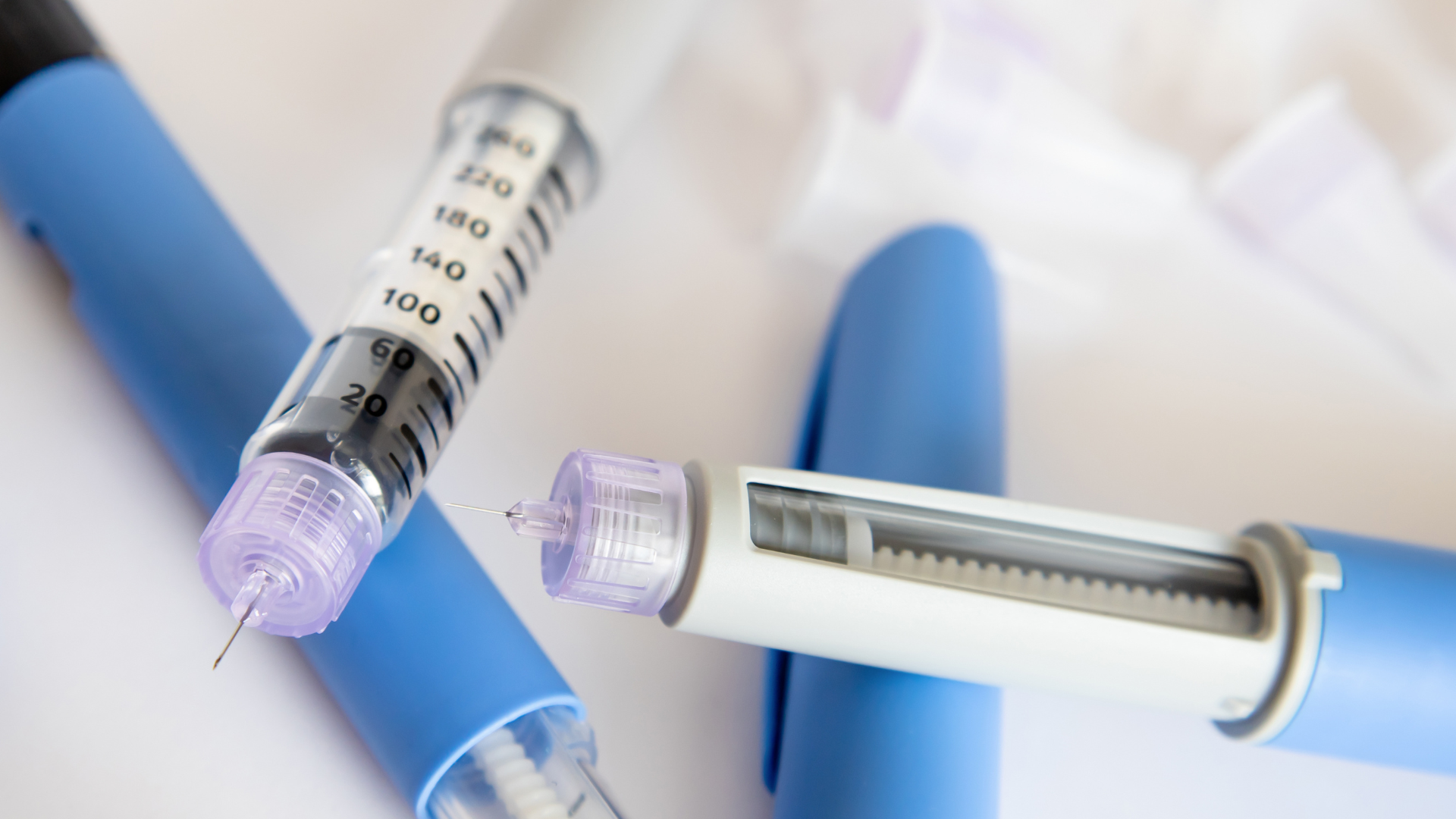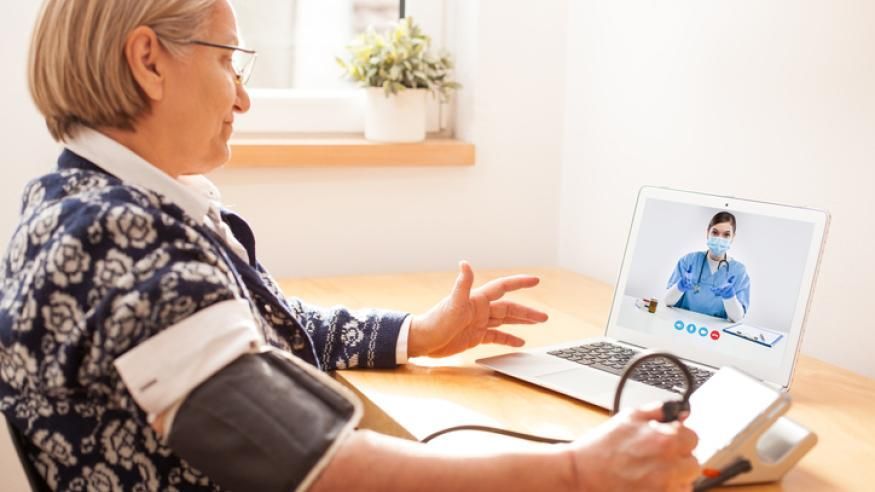Diabetes Fast Food Guide: What to Order at Chipotle

Ever wondered how to survive the drive-thru with diabetes? In our ongoing series, a dietitian and diabetes educator walks through the best things to order at top fast food chains. This week we’re unwrapping the menu at Chipotle.
Chipotle has gained a reputation for its local and organic produce, customizable menu, and commitment to sourcing responsibly raised meats. Whether you're a fan of burritos, bowls, salads, or tacos, Chipotle offers a variety of choices that can be tailored to meet your dietary needs.
Kimberly Rose-Francis, a Sebring, Florida-based dietitian and diabetes educator, offered some best practices for ordering at Chipotle, as well as some specific recommendations from the menu that may help keep blood glucose in check.
General Advice for Diabetes-Friendly Ordering at Chipotle
Curb carbohydrate intake…
While Chipotle offers generous servings, try to limit the amount of high-carbohydrate ingredients like rice, beans, and corn. Focus on incorporating protein-rich options, such as grilled chicken or steak, to help balance your meal. Choose lower-carbohydrate options by opting for a burrito bowl or salad instead of a burrito or tacos, as it allows you to control the amount of rice or tortilla. Another option is to consider skipping the rice altogether and taking a smaller portion of beans to reduce carbohydrates.
…and focus on protein instead
You can choose from a selection of chicken, steak, or barbacoa (slow-cooked, shredded beef) when customizing a salad at Chipotle. When it comes to choosing toppings, Rose-Francis (pictured below) suggests skipping the chipotle honey vinaigrette and adding either cheese or sour cream for an extra protein boost and a creamier texture.
Make smart condiment choices
To maintain stable blood sugar levels, practice portion control, and that includes with condiments and dressings. Make lower-carb options like salsa, guacamole, or pico de gallo go-tos. Higher-sugar condiment options like corn salsa or honey vinaigrette can significantly impact your carbohydrate and sugar intake, so if you really want them, use them sparingly or ask for them on the side to have better control over your carbohydrate intake. The corn salsa may also pair well with The Grain Freedom Bowl so long as you're conscientious about your total carb count.
Load up on plant-based toppings
Chipotle salads are a smart option. “These salads are composed of romaine, kale, and spinach. For added fiber and to promote a healthy gut microbiome, feel free to add black or pinto beans containing prebiotic-resistant starch fibers,” Rose-Francis said.

Count macros before you go
Stay informed on the latest nutritional information of Chipotle's menu items by visiting the company’s website, which contains a customizable nutritional calculator, or by using Chipotle’s mobile app. This will help you calculate the carbohydrate content of your customized order so that you can make informed ordering decisions.
Top diabetes-friendly Chipotle menu items
Below are some of Rose-Francis' diabetes-friendly Chipotle menu picks.
Grain Freedom Bowl
“The Grain Freedom Bowl is an excellent choice as it provides the perfect balance of carbs, fat, and protein, [which] all work together for blood sugar balance,” Rose-Francis said.
Grain Freedom Bowl made with chicken, fresh tomato salsa, sour cream, and cheese: 430 calories, 24g fat, 8g carbohydrates, 1g fiber, 3g sugars, 40g protein, 1080 mg sodium

Crispy Tacos
“If you order tacos, opt for the crispy tacos and skip the rice and beans to lower the carb count,” Rose-Francis suggested. For meat eaters, she recommends either the chicken or the carnitas (braised and shredded pork shoulder).
“Three crispy corn tacos made with chicken, carnitas, sour cream, cheese, lettuce, and fajita vegetables is a Mexican-inspired dish containing 36 grams of carbs and 33 grams of protein. If you want the rice or beans added, go light.”
Single Crispy Taco (made with chicken and carnitas, sour cream, cheese, and lettuce): 272 calories, 15g fat, 11g carbohydrates, 4g fiber; 1g sugar, 21g protein, 293 mg sodium
Three Crispy Tacos (made with chicken and carnitas, sour cream, cheese, and lettuce): 816 calories, 45g fat, 33g carbohydrates, 12g fiber, 3g sugar, 63g protein, 879 mg sodium
Fajita Vegetables
Rose-Francis suggests incorporating a variety of vegetables into a Chipotle bowl or salad to add nutrients and fiber while keeping carbohydrates in check, and adding the fajita vegetables – griddled hand-sliced green bell peppers and onions – is a great way to achieve that.
Fajita Vegetables: 20 Calories, 0g fat, 5g carbohydrates, 1g fiber, 3g sugar, 1g protein, 150 mg sodium


Side of Queso Blanco or Guacamole
“Queso Blanco and guacamole are tasty additions to any dish,” Rose-Francis said. “Both sides contain 8 grams of carbs, but the protein content is the real difference. The queso has 10 grams of protein, while the guacamole has 2 grams. If you want to increase your protein intake, the queso may be a good option.”
Regular side of Queso Blanco: 240 calories, 8g carbohydrates, 0g fiber, 2g sugar, 10g protein, 18g fat, 500 mg sodium
Regular side of Guacamole: 230 calories, 8g carbohydrate, 6g fiber, 1g sugar, 2g protein, 22g fat, 370 mg sodium
Salsas
For additional flavor punch, Rose-Francis suggests reaching for condiments like fresh tomato salsa, tomatillo red, and green chili salsa.
“The roasted chili-corn salsa is a great fiber-rich option,” Rose-Francis said. But she cautions that it also contains 16 grams of carbs, so be mindful of portion size with that salsa selection.
Side of Fresh Tomato Salsa: 30 calories, 0g fat, 1g carbohydrate, 0g fiber, 0g sugars, 0g protein, 183 mg sodium
Side of Tomatillo-Red Chili Salsa: 30 calories, 0g fat, 4g carbohydrates, 0 g fiber, 0g sugars, 0g protein, 167 mg sodium
Side of Tomatillo-Green Chili Salsa: 20 calories, 0g fat, 4g carbohydrate, 0g fiber, 1g sugar, 0g protein, 87 mg sodium
Side of Roasted Chili Corn Salsa: 80 calories, 2g fat, 16g carbohydrate, 1g fiber, 1g sugar, 3g protein, 110 mg sodium

Are you a frequenter of fast casual? If so, check out dietitians’ top picks for favorites on other fast food menus such as McDonald’s. If sandwiches and subs are in your regular meal rotation, then tune in for the next edition of our diabetes fast food guide, which will highlight healthful options at Subway.
Photo credits: iStock (top); Kimberly Rose-Francis (headshot); Chipotle (still food photos).
Healthy Bites















